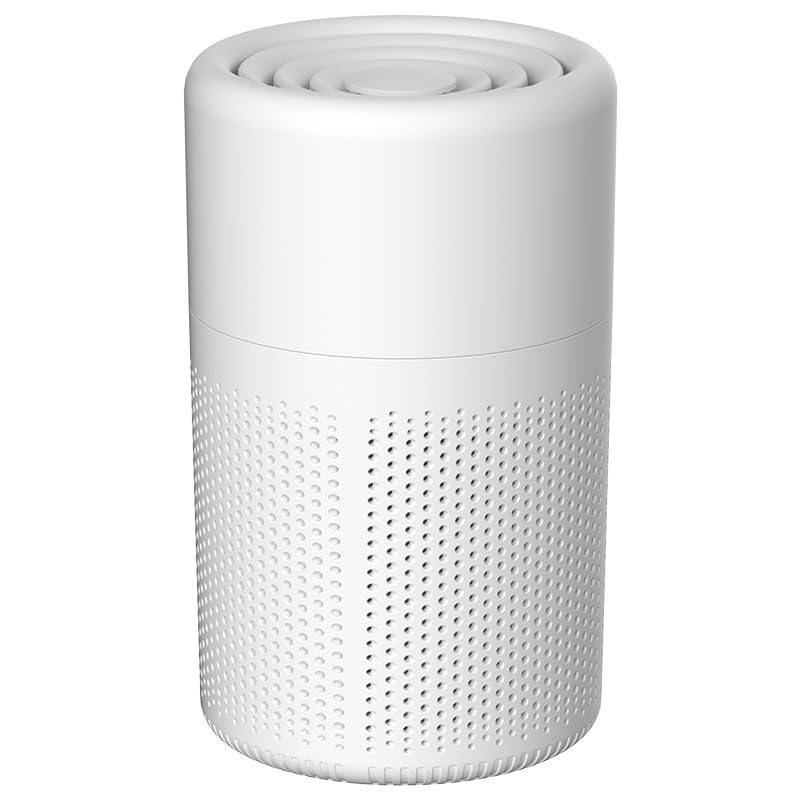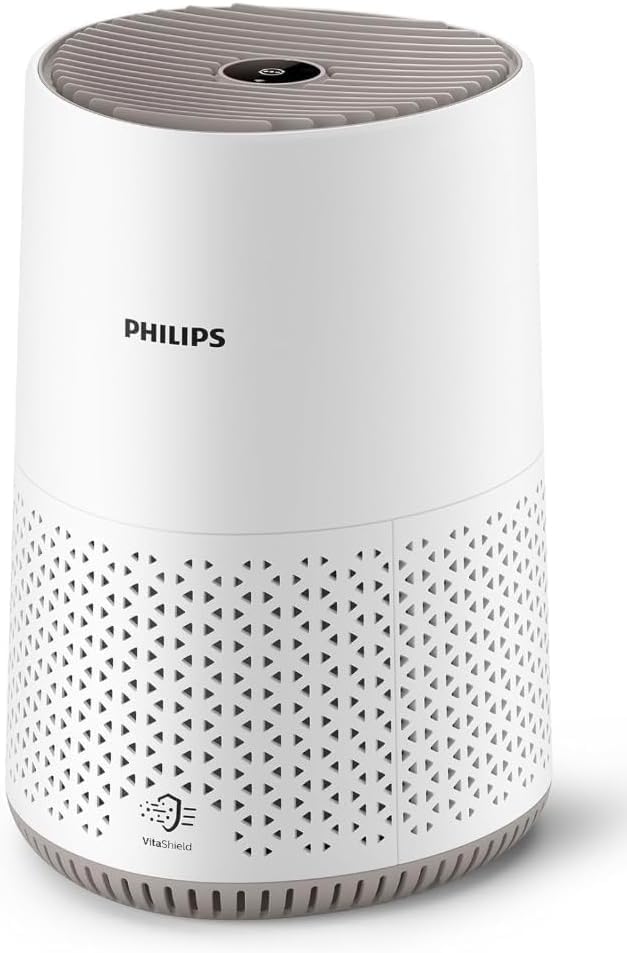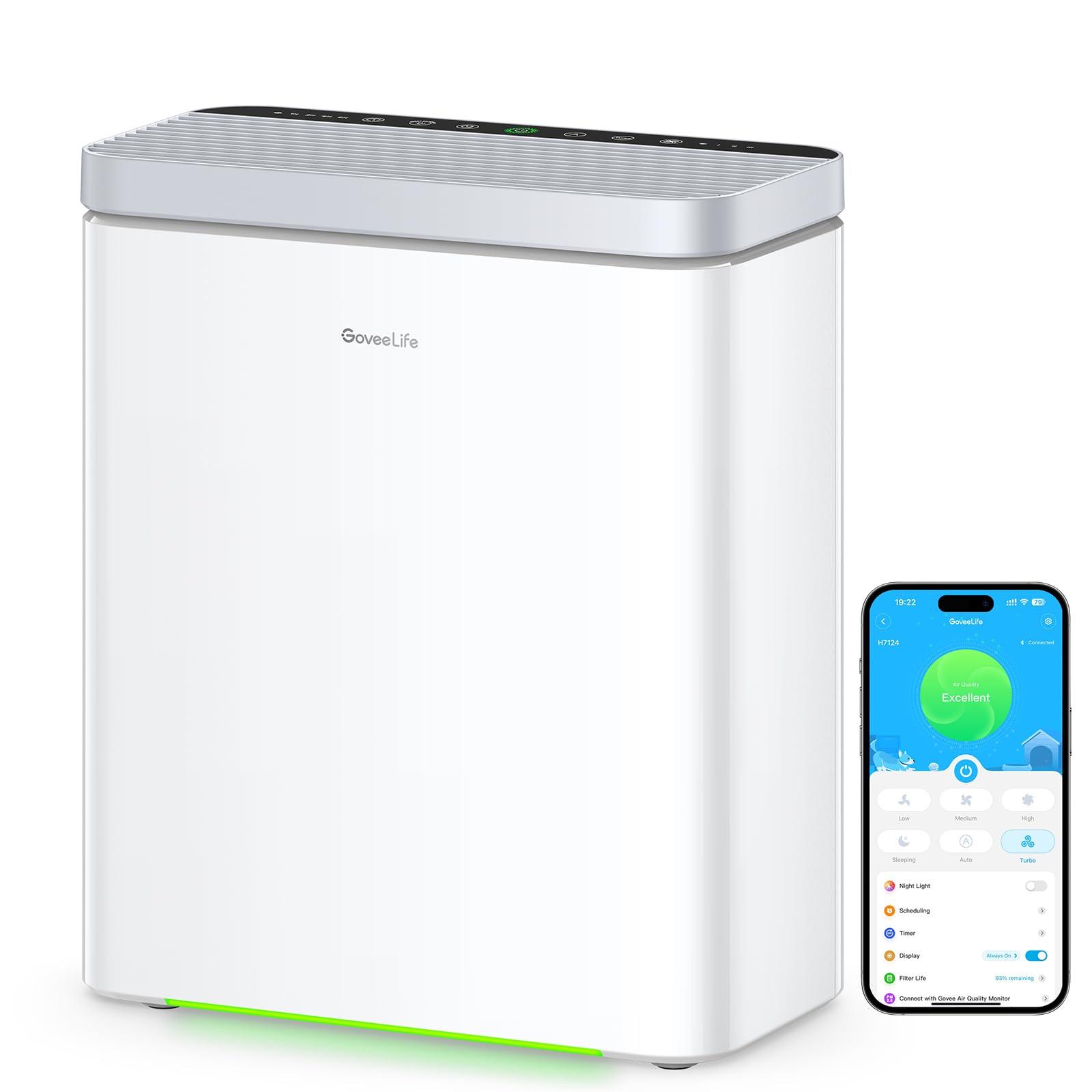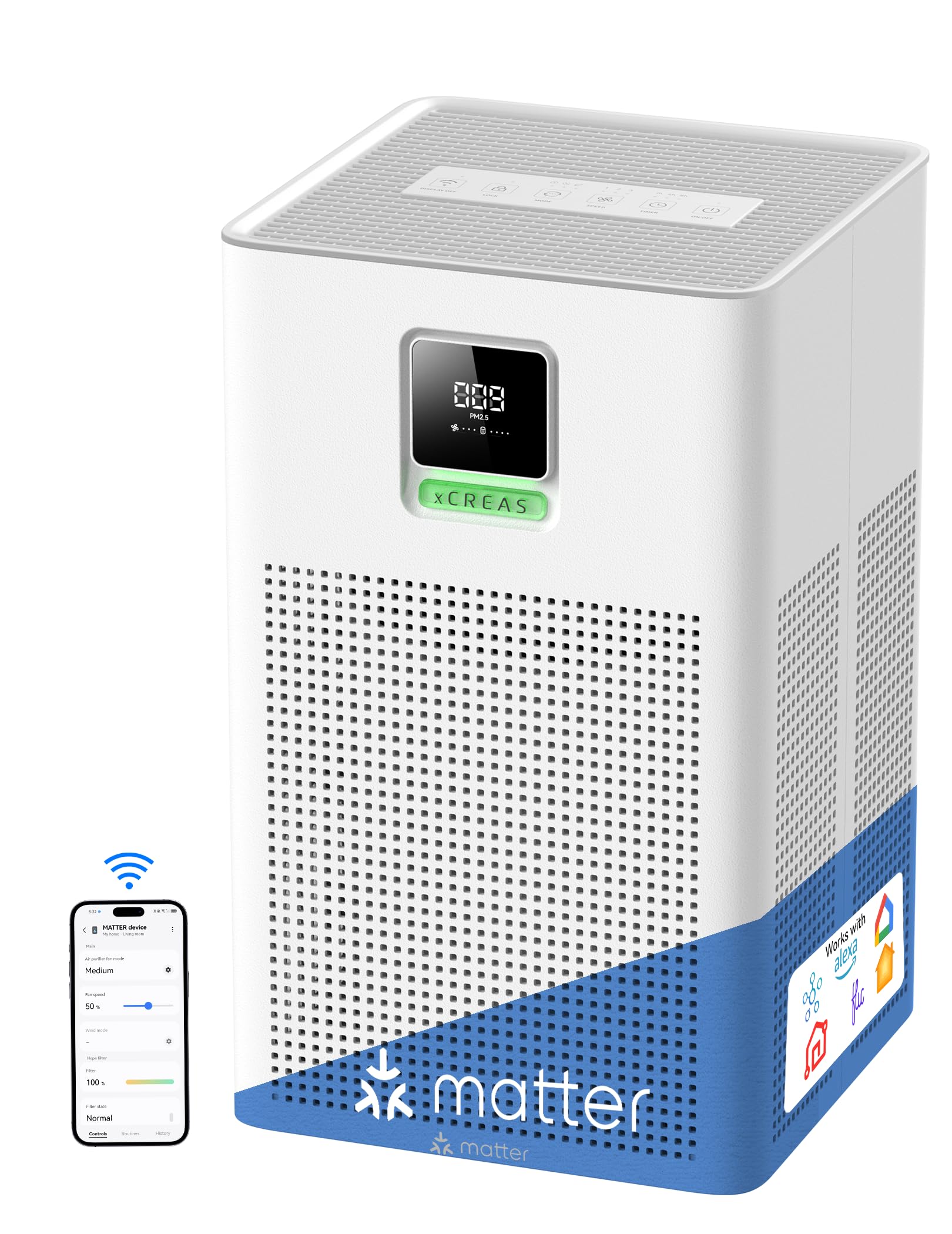Sizing an air purifier to your room is the most important step you can take for cleaner air at home. Get it right and the purifier runs quietly while keeping dust and pollen in check. Get it wrong and you hear fan noise without the fresh air you expected. This guide makes CADR simple for UK rooms. You will learn how to measure your space, pick a target air changes per hour (ACH), convert that to a clean air delivery rate, and choose a purifier that reaches your target on a quiet setting.
Breathable bases such as bed sheets that stay cool set the tone for the rest of the setup.
Measure Your Room
Use a tape measure to find the length, width and height of your room in metres. Multiply length by width by height to get the volume in cubic metres. For example, a bedroom 3.5 metres wide, 4 metres long and 2.4 metres high has a volume of 33.6 cubic metres. Write the number down. If the room opens into another area and you usually keep the door open, include that volume as well or plan a margin later.
Choose a Target ACH
ACH is how many times per hour the purifier can cycle the room’s air through the filter. Bedrooms feel fresh at four to five ACH. Allergy seasons or pet heavy rooms may benefit from five to eight ACH in living spaces. For a quiet night, aim for the lower end at night and the higher end during the day when you can tolerate more fan noise. Pick a target that fits how you use the room.
Convert ACH to CADR
CADR is a flow rate usually quoted in cubic metres per hour. To reach your target ACH, multiply your room volume by your target ACH. The result is the CADR you need. For our 33.6 cubic metre bedroom and a target of five ACH, you need about 168 cubic metres per hour of clean air. For a living room of 50 cubic metres at four ACH, you need around 200 cubic metres per hour.
Add a Margin for Open Doors
If you leave doors open or have large furniture that blocks airflow, increase your target by 20 to 30 percent. This ensures the purifier maintains your chosen ACH in real use rather than only in a bare test room. In our bedroom example, 168 cubic metres per hour becomes roughly 210 with margin. Now you have a realistic figure to shop with.
Match Models to Quiet Settings
Manufacturers often quote a maximum CADR at the highest fan speed, which is noisy. You want a unit that meets your required CADR at a comfortable sound level. Look for spec sheets that list CADR by fan speed or scan reviews for airflow on low and medium. As a rule of thumb, pick a purifier with a maximum CADR about double your target so it can meet your needs on a medium or low setting. For the 210 target, a machine rated around 400 to 450 cubic metres per hour gives you headroom.
Noise and Night Mode
Check the decibel ratings. Good bedroom purifiers can run below 25 decibels on night mode, which is quieter than a whisper. Ensure the unit still moves enough air at that setting to maintain two to three ACH while you sleep, then increase to your full target during the day to keep the overall space clean. Features like display dimming or full lights off matter at night, so check those as well.
Sealed Filters and Carbon
Air needs to go through the filter, not around it. Choose a model with a sealed HEPA H13 or H14 filter and gaskets so air cannot bypass the media. If odours or cooking smells bother you, pick a purifier with a meaningful amount of activated carbon. A thin scented prefilter is not the same as real carbon. Replace filters on schedule; a clogged filter will reduce CADR and raise noise.
Placement Tips
Place the purifier away from corners and large furniture so it can draw and exhaust freely. Keep the intake facing into the room and give it a few centimetres of clearance on all sides. If you are targeting pollen or pet dander, place the purifier near where those contaminants enter or accumulate. In bedrooms, position it so exhaust air does not blow directly on your face; you will sleep better with a gentle airflow across the room.
Worked Examples
Example one: a small bedroom, 3 by 3 by 2.4 metres, is 21.6 cubic metres. At five ACH you need roughly 108 cubic metres per hour. Choose a purifier rated around 200 to 250 on max so it can meet your target quietly. Example two: a lounge, 5 by 4 by 2.4 metres, is 48 cubic metres. At four ACH you need 192 cubic metres per hour. Pick a model rated around 350 to 400 so you can run on medium and still hit your target.
FAQs
Sealed filters and sensible sizing are cornerstones of air purifiers for UK rooms. In damp homes, many pair a purifier with a dehumidifier to control moisture while keeping air clear.
Is higher CADR always better? Only if you can run it quietly. Oversize slightly so low or medium speeds meet your needs. Huge units at max are too noisy for bedrooms.
Do I need H14? For most homes, a sealed H13 unit sized correctly is excellent. H14 can help in special cases, but noise and cost rise if you run at high speed.
Can I leave doors open? Yes, but allow a margin because the purifier is cleaning a larger effective volume. Run higher during the day and lower at night.





